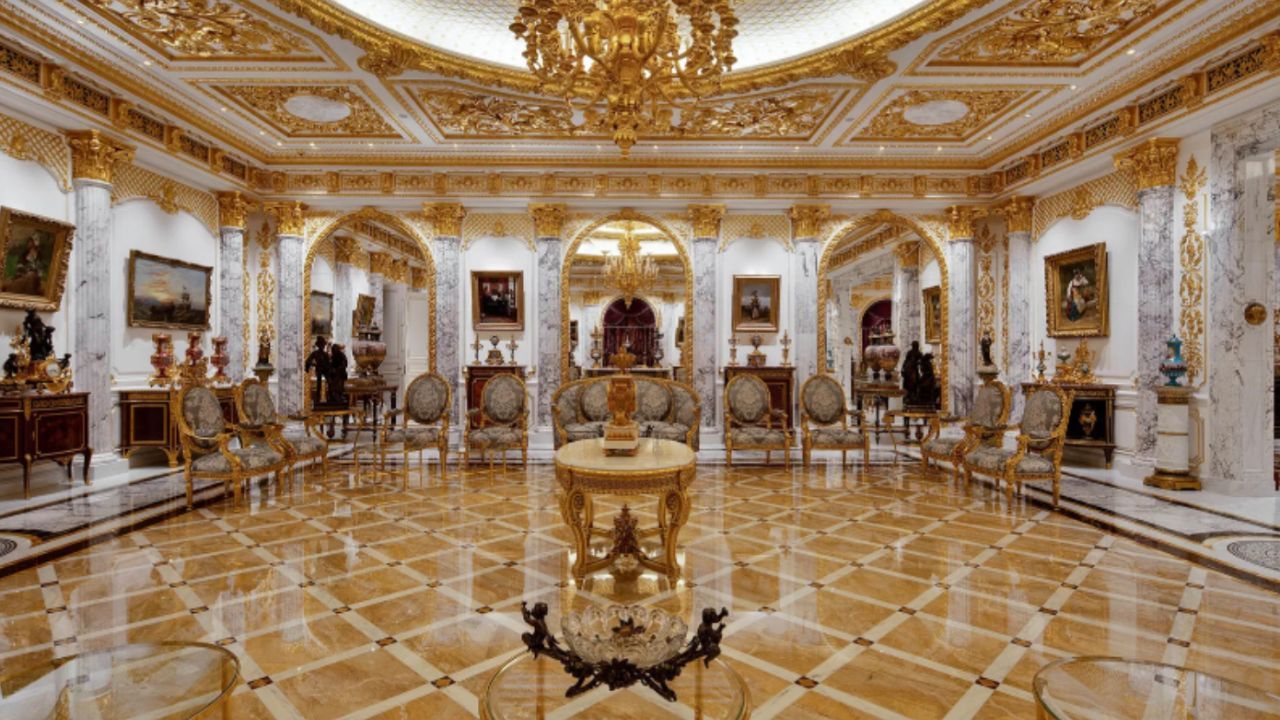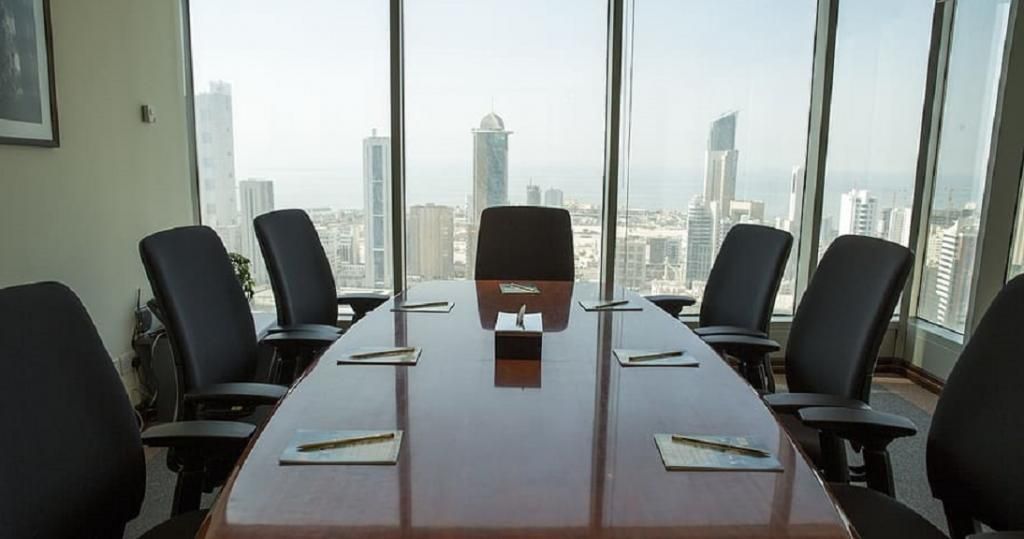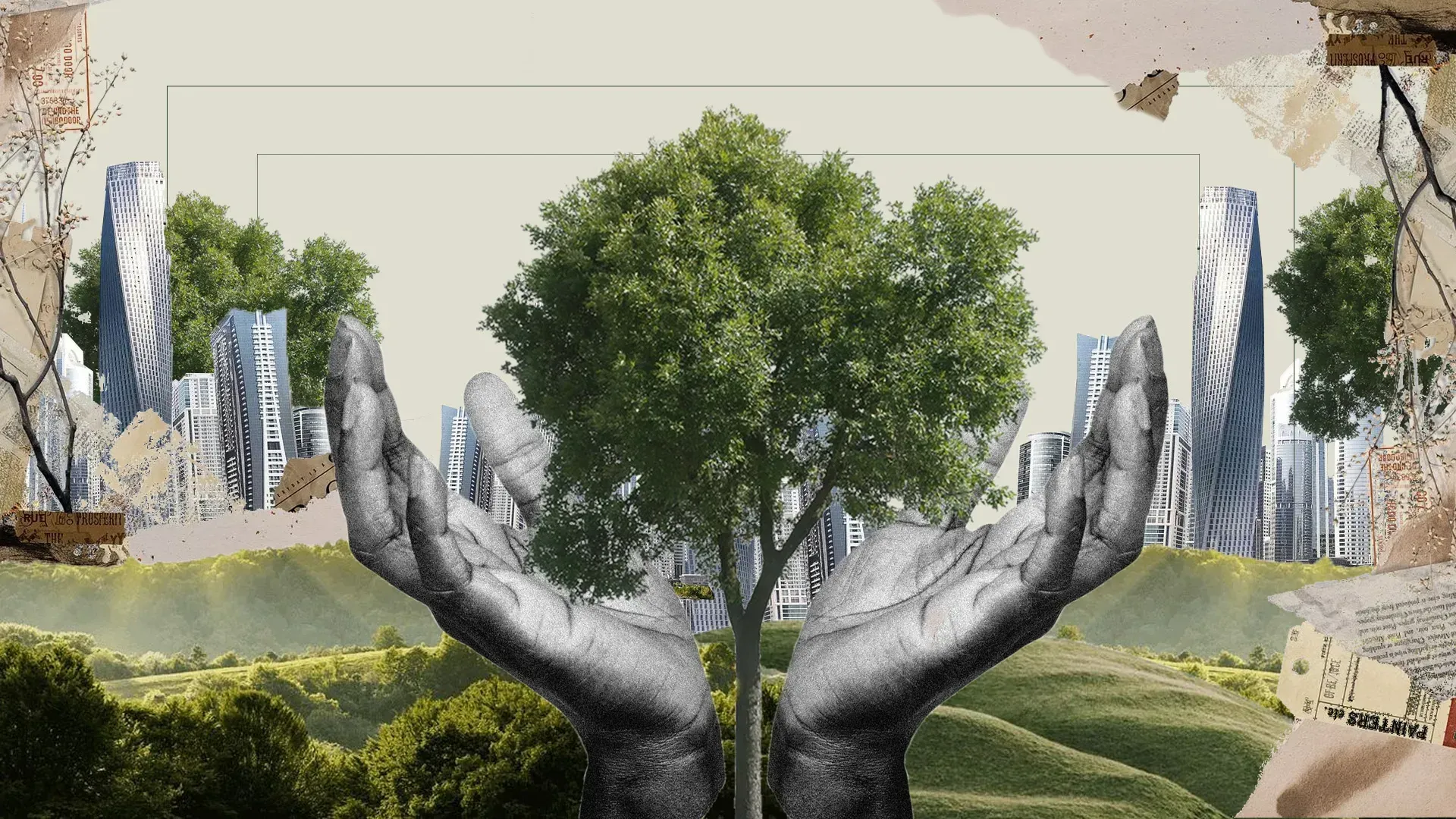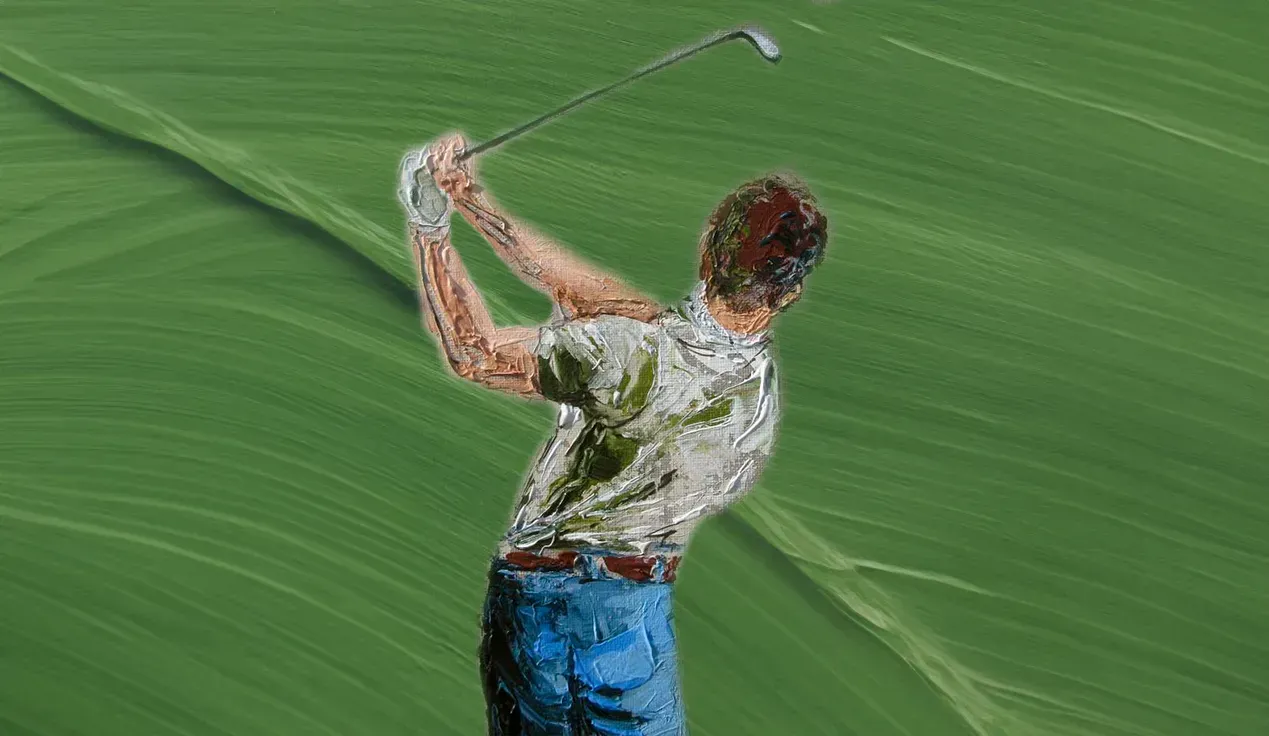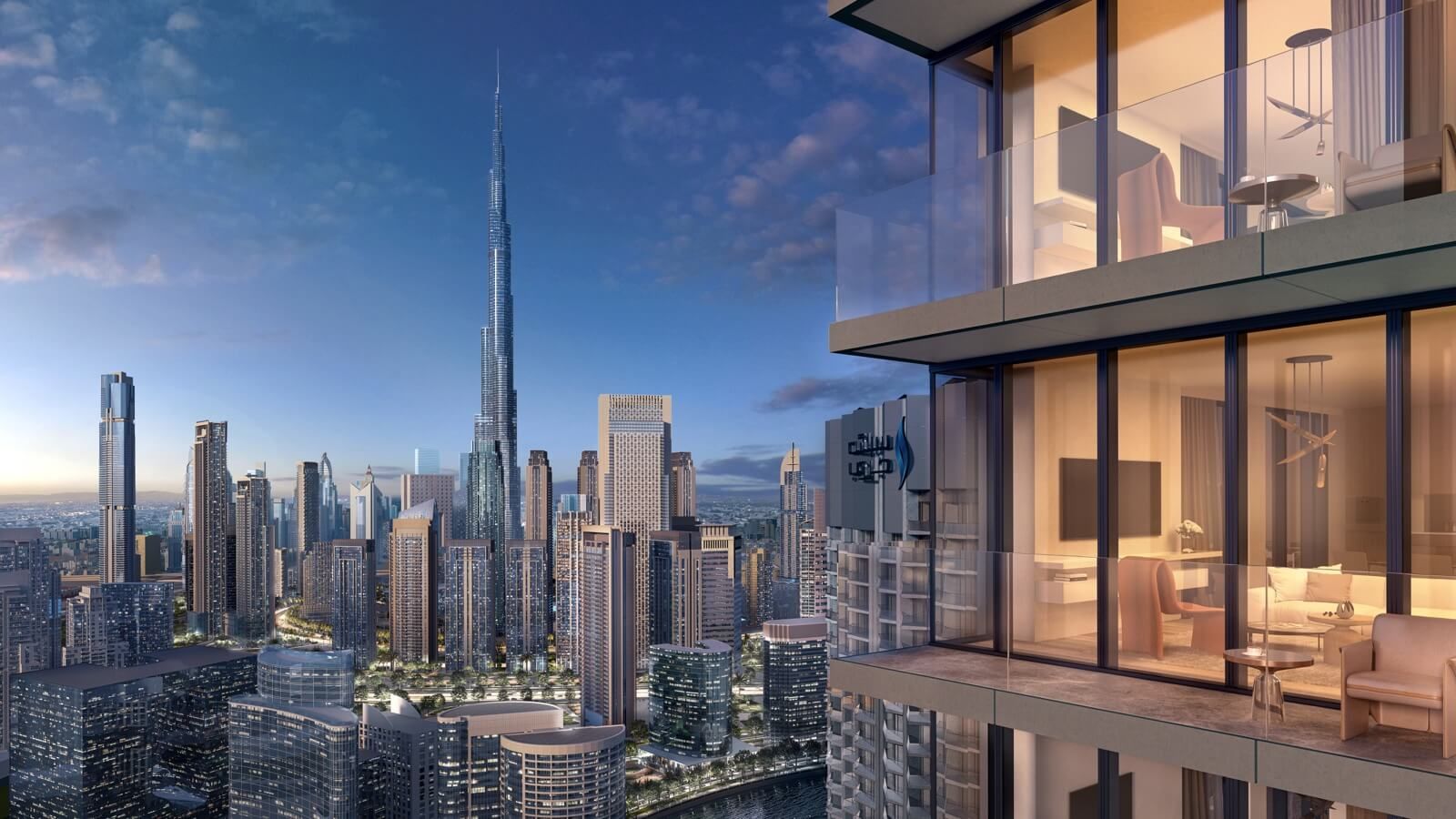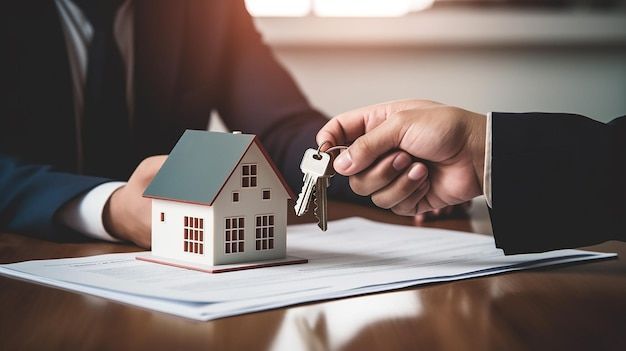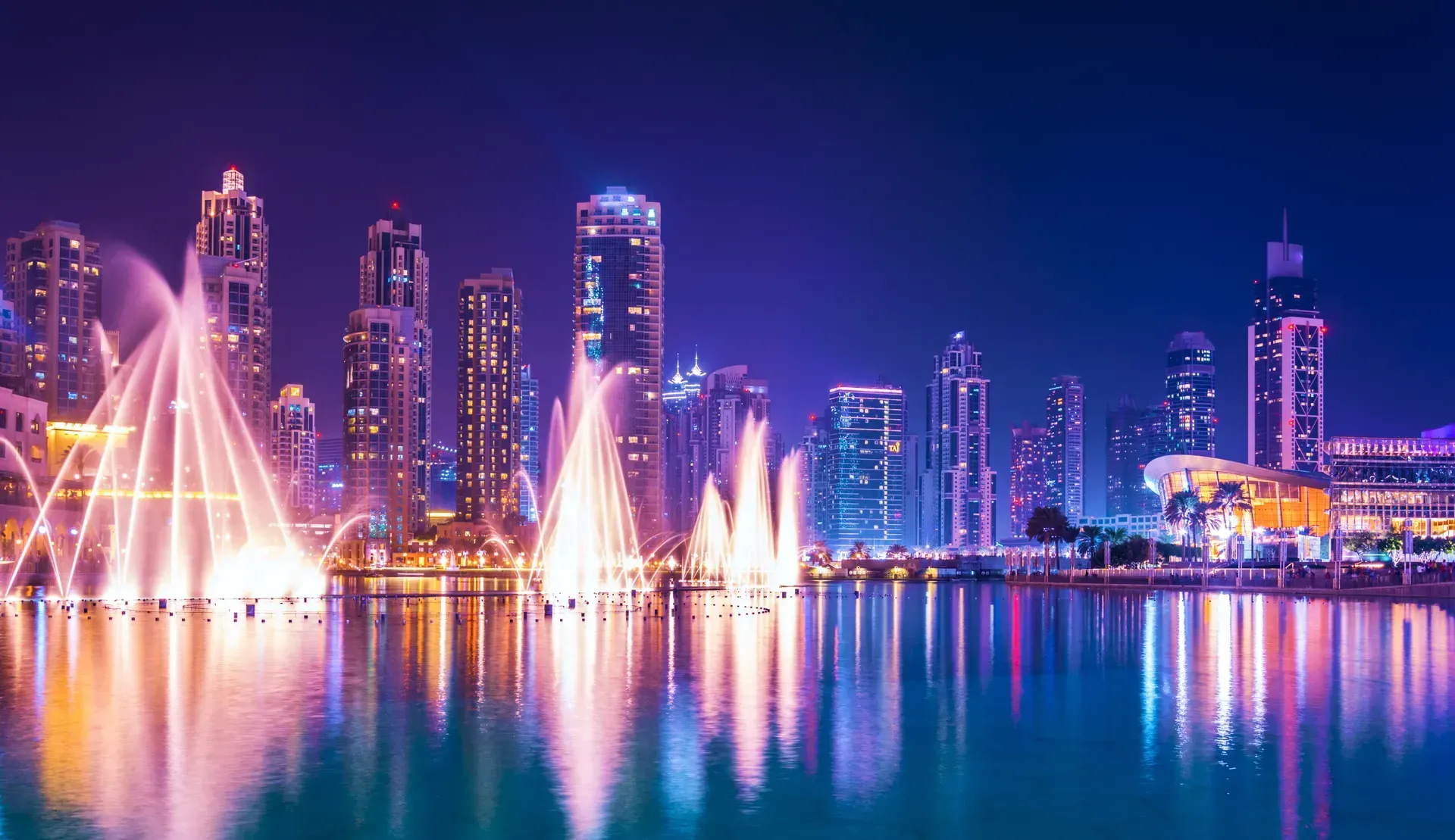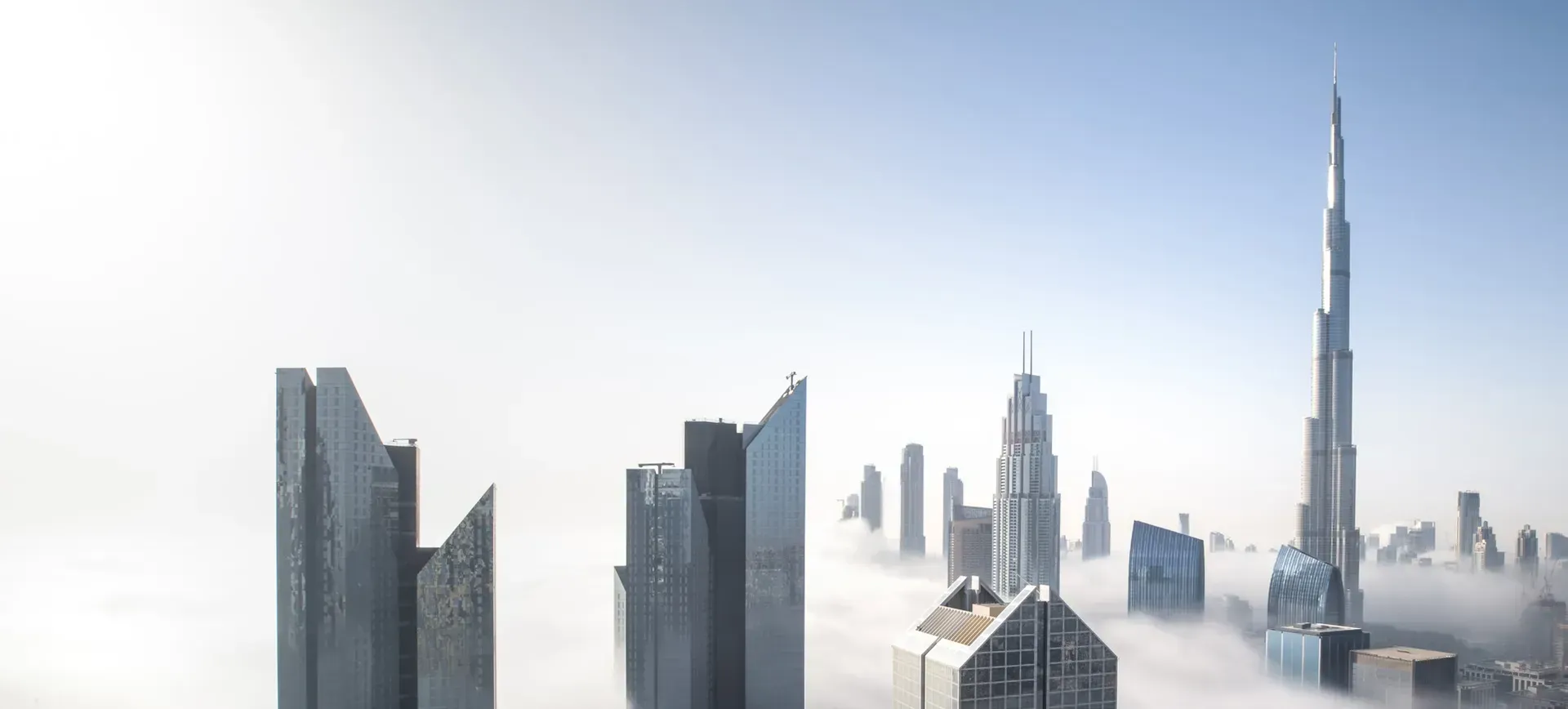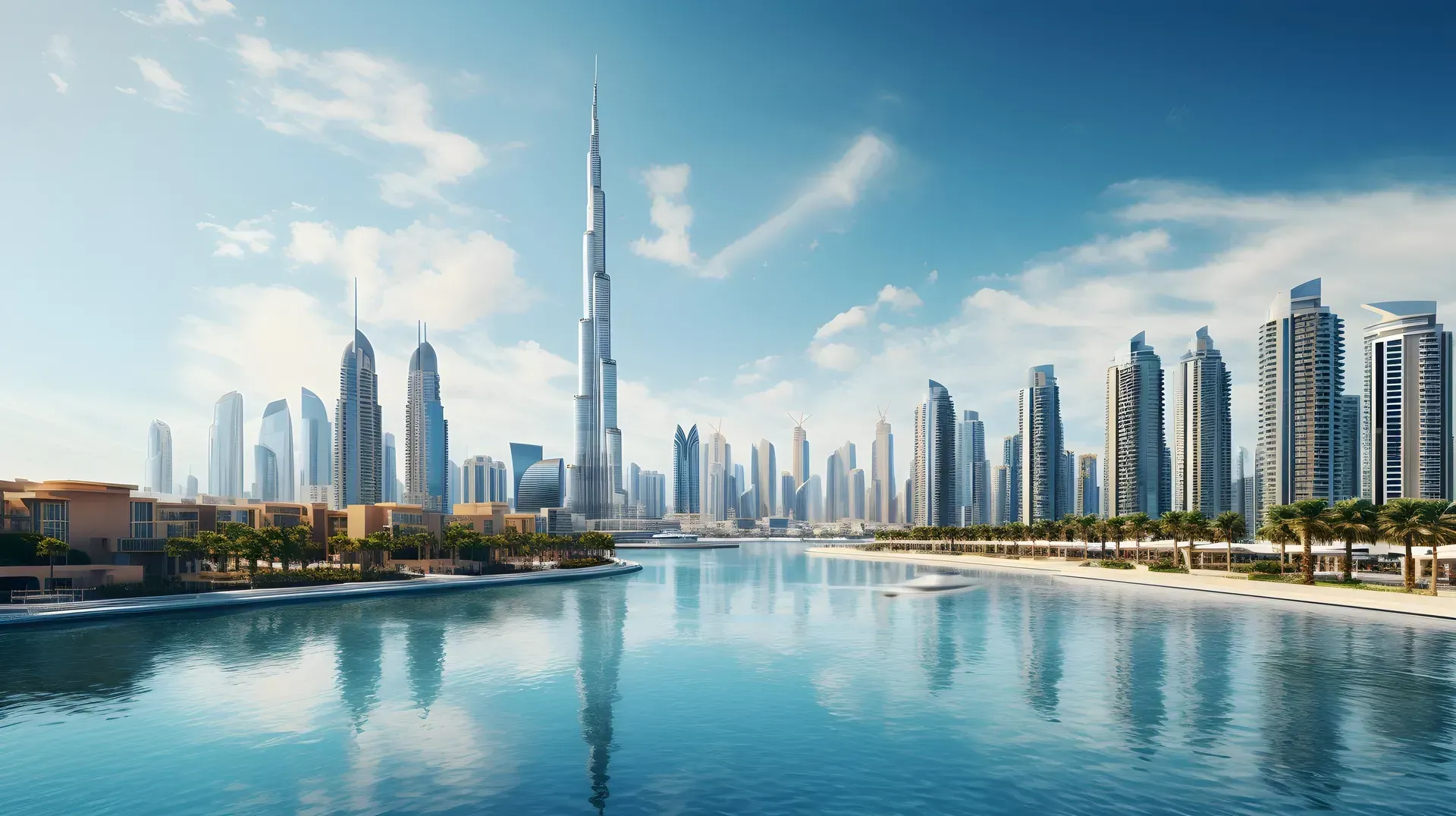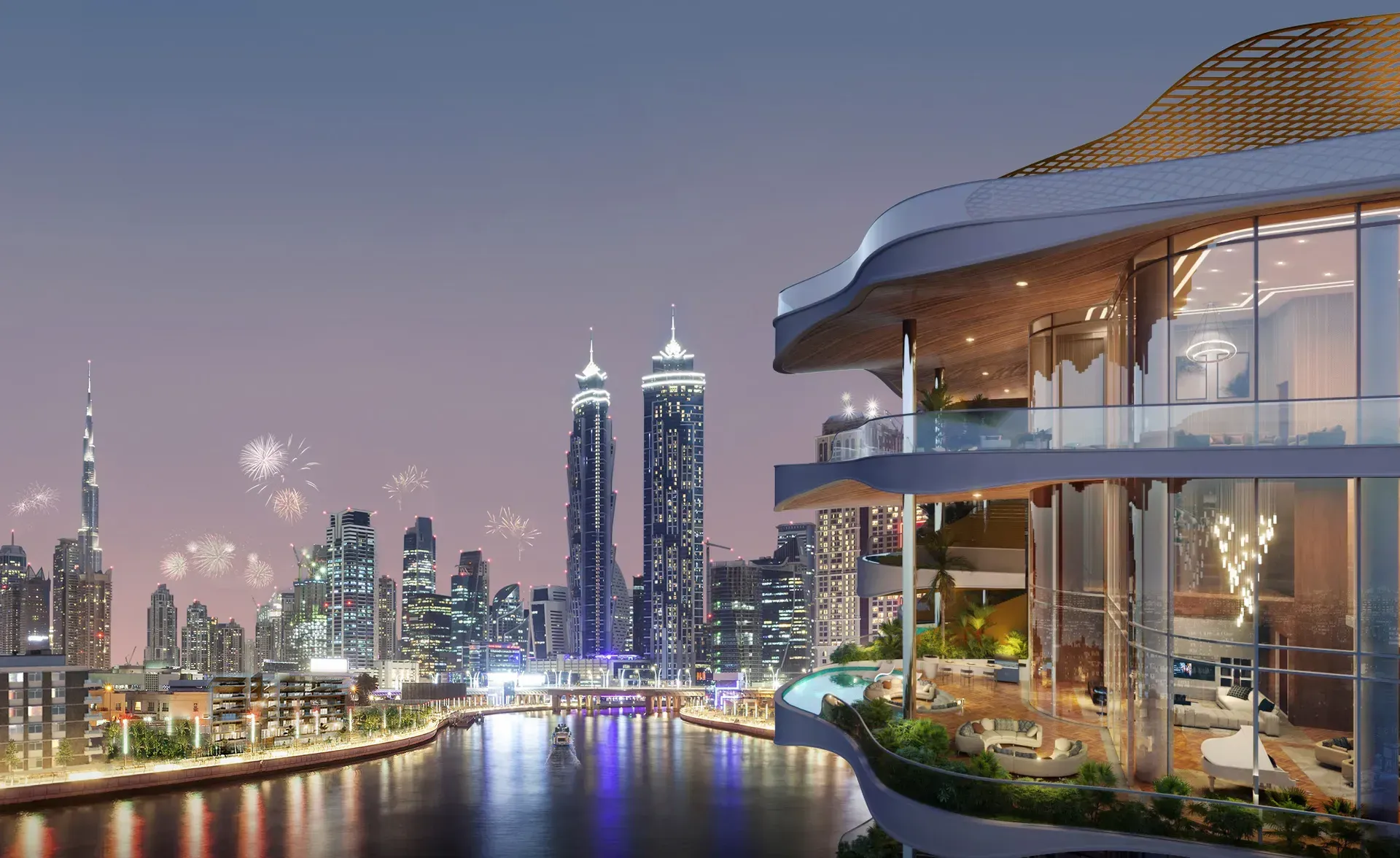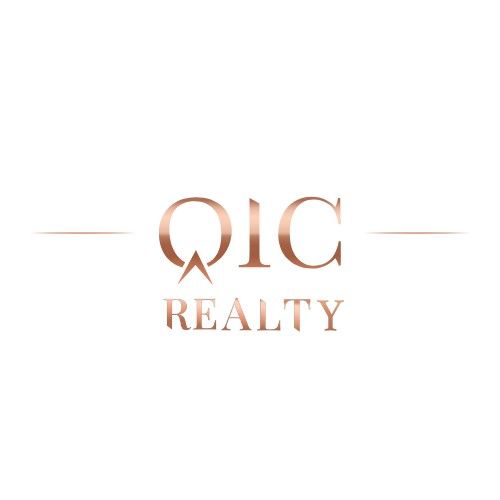Luxury Design Across Eras | Interior Design Trends in Dubai
Interiors are more than just residential spaces; they mirror the lifestyle, values, and dreams of those living within them. While minimalist interiors focus on functionality and simplicity, prioritizing clean lines and essential elements, luxury ones often venture into a world of abundance and elegance.
But what exactly defines luxury in interiors? Is it the richness of materials, the intricate details, or perhaps exclusive custom craftsmanship? In Dubai’s vibrant real estate market, luxury interior design has evolved into an art form, merging rich historical influences with cutting-edge innovation. From classic styles rooted in centuries of architectural history to modern interpretations that embrace grandeur, each design choice contributes to a unique narrative.
This article delves into what defines luxury design, the symbolism and philosophy it carries, and how these luxurious styles are harmoniously integrated into Dubai’s iconic skyscrapers and lavish interiors. We also spotlight some of the leading design firms that have crafted some of the stunning interiors.
Philosophy Behind Opulent Design
Luxury design extends beyond aesthetics—it shapes lifestyle, fosters a sense of well-being, and reflects a person’s values, identity, and aspirations. Rooted in ancient times, luxury interiors encompass various styles, each carrying its unique symbolism and influence.
Opulent interiors don’t have a single definition, nor are they always about excessive ornamentation or rooms dripping in gold. Luxury is a multi-faceted concept that flows in different directions, shaped by cultural backgrounds, regional influences, and personal preferences. While opulence might mean rich embellishments in one context, in another, it could signify elegance through simplicity, using high-quality materials and thoughtful design choices. Luxury design, therefore, encompasses a spectrum—from lavish, decorative styles to refined, understated elegance.
Interiors play an essential role in creating spaces that are visually and emotionally uplifting. They also communicate messages and unfold stories that reflect their residents’ beliefs and ambitions. For example, in Ancient Rome, wealthy citizens designed interiors to embody strength and stability, with grandiose elements like marble columns, mosaics, and statues that symbolized power and triumph.
Historically, the boundaries between interior and exterior design were far less distinct than they are today. In fact, the look of the interior was often considered an extension of the building’s facade, and the two were seen as synonymous. This philosophy stemmed from the idea that interiors should maintain a harmonious relationship with the exterior, inheriting its architectural language and overall aesthetic.
The close connection between interiors and exteriors in the past has led to the variety of interior styles we see today. As architecture evolved over the centuries, so did interior design, creating a rich legacy that still influences modern luxury. Over time, the traditional "rule" of matching interiors to exteriors had faded away, allowing for more creative freedom and diverse design approaches.
Timeline of Luxury Design
To fully understand the philosophy of luxury design, it’s essential to explore its foundational styles. Most of these are no longer widely practiced, and few can fully recreate them today, as modern materials and societal needs have transformed significantly. Even so, these historical styles serve as the basis for today’s contemporary luxury designs, inspiring new interpretations that honor tradition while embracing innovation.
Ancient Roman Architecture (509 BCE – 476 CE)
Ancient Roman architecture adopted elements from Greek styles, such as arches, vaults, and domes. Although Greek styles may also appear luxurious, they conveyed a different message—one of balance and harmony, emphasizing a restrained elegance, which was not associated with luxury at the time. In contrast, Roman design was a clear display of wealth and power, often showcasing treasures and military victories through lavish architectural elements. Triumphal arches, for example, had detailed carvings and bas-reliefs that depicted scenes of combat achievements and symbols of glory.
Inside private noble residences, mosaics and frescoes also portrayed military campaigns, mythological heroes, or gods associated with victory. These elements were not just decorative; they were powerful statements of strength, designed to reflect the stature and accomplishments of the homeowners.
In imperial palaces, such as Nero’s Domus Aurea (Golden House), interiors featured statues of emperors, symbolizing both the ruler’s authority and Rome’s military might. These elements worked together to create an environment that impressed visitors and reinforced the power of Rome through every architectural detail.
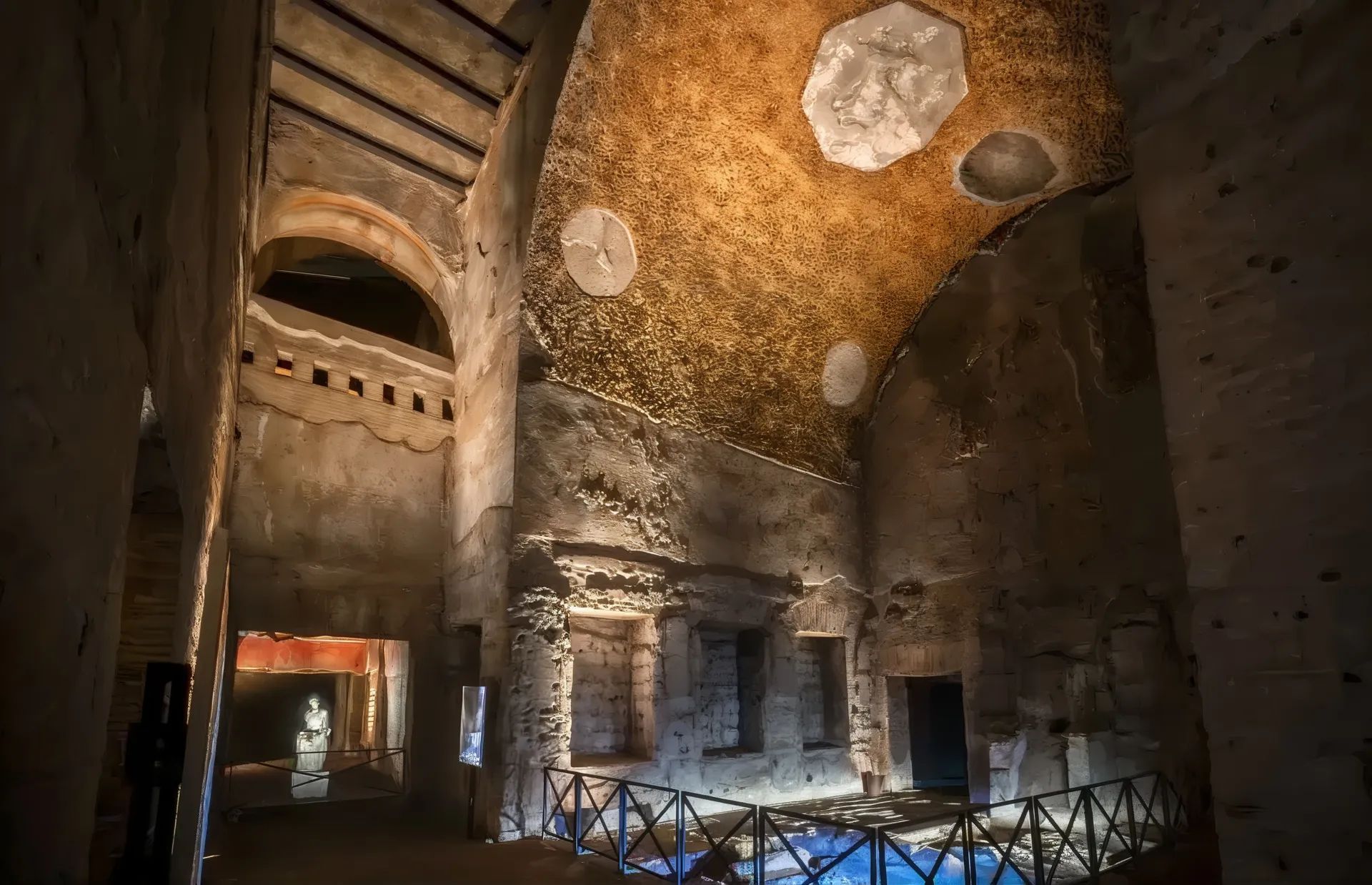
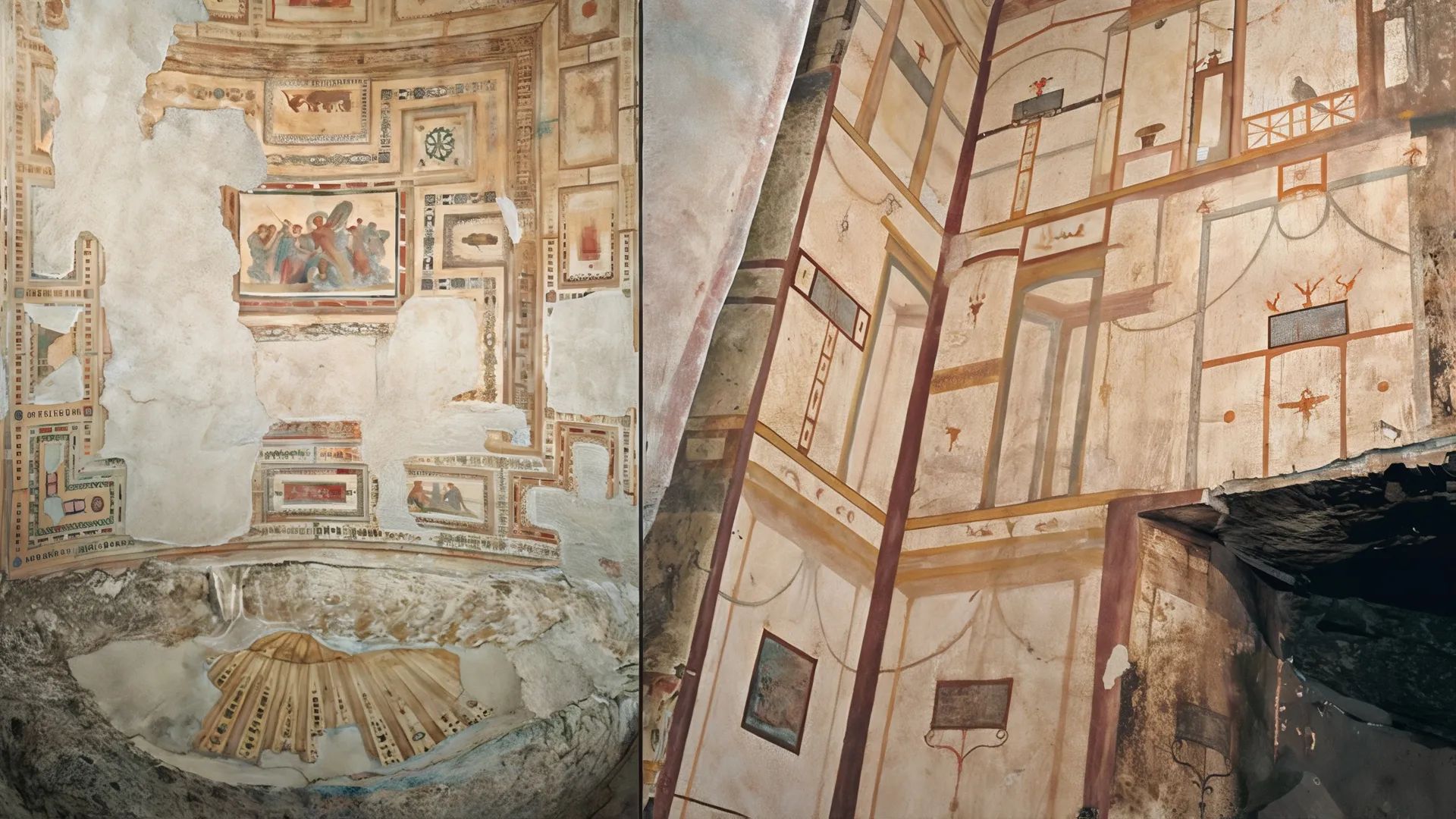
Nero’s Domus Aurea
Byzantine Architecture (6th–15th centuries CE)
Byzantine architecture is marked by gold mosaics, intricate marble work, and grand domes. Emerging from the Eastern Roman Empire, this style combined elements from classical Roman design with new innovations that emphasized height, light, and elaborate detailing.
As Byzantine architecture evolved, the focus shifted to creating spaces that illustrated religious devotion and imperial authority. This led to the rise of central-plan churches, distinguished by domes resting on square foundations, as a hallmark of the style. The interiors of these churches were richly decorated with gold mosaics, displaying religious scenes that reflected light and gave the space an otherworldly glow.
The Hagia Sophia is one of the most iconic examples that encapsulates the grandeur of Byzantine architecture. Built under Emperor Justinian I, this monumental structure was designed to showcase the power and piety of the empire. Its massive dome, balanced on pendentives, seemed to float above forming a vast, celestial space that inspired awe among worshippers.
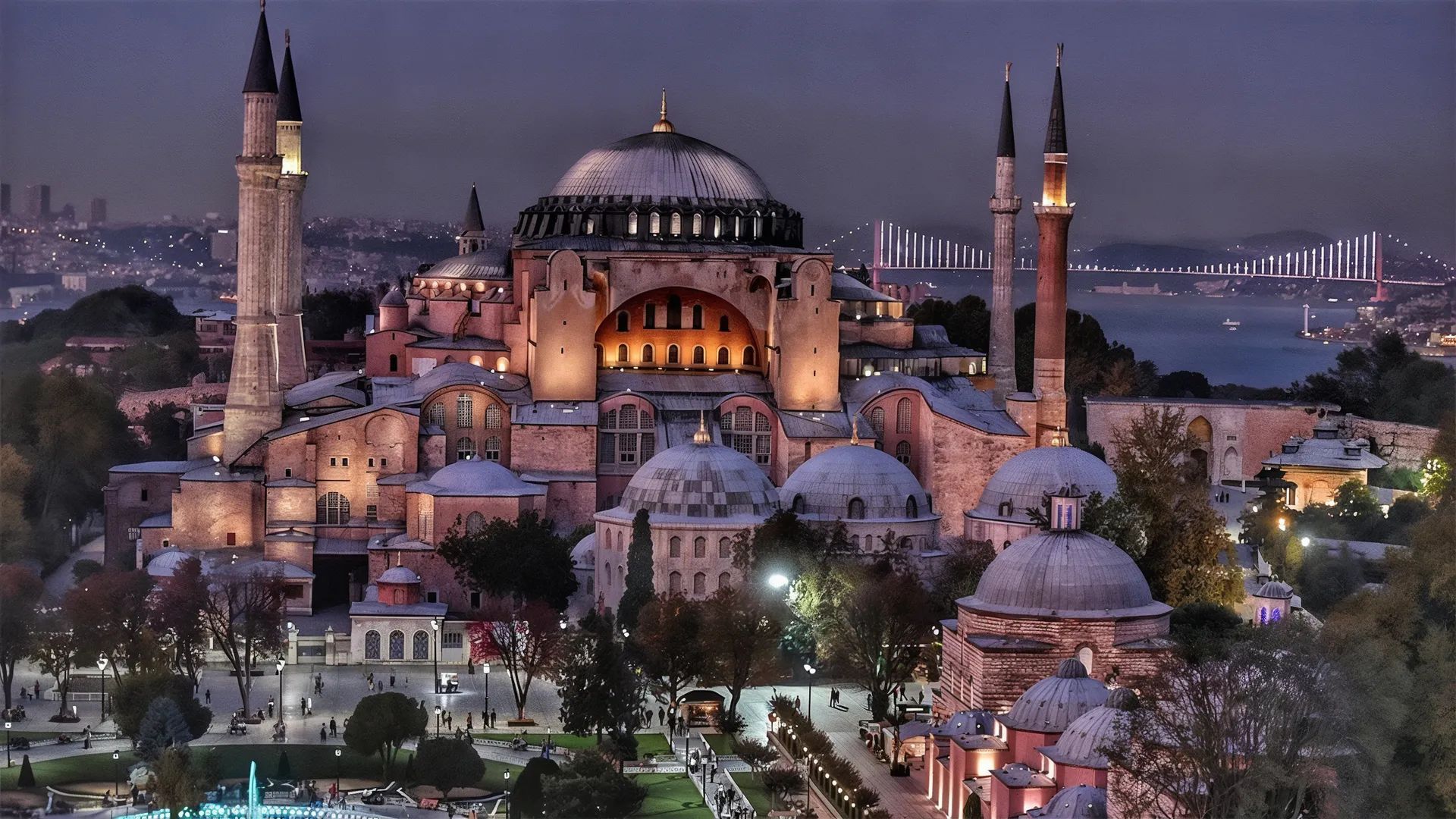
The Hagia Sophia
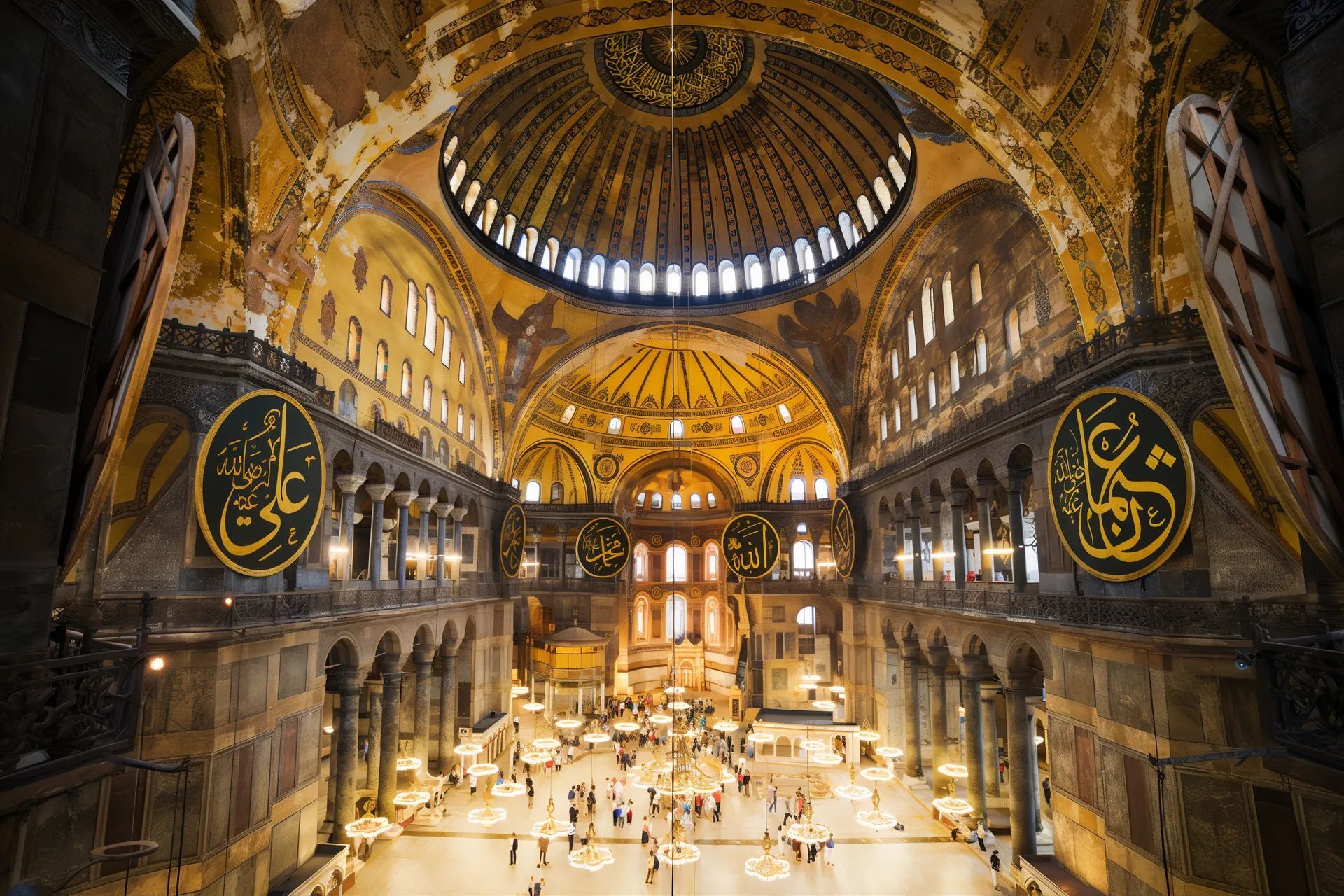
The Hagia Sophia inside
Gothic Architecture (12th–16th centuries CE)
Gothic architecture brought a new level of luxury to religious spaces, focusing on height and light. Often seen in cathedrals, Gothic architecture merged elaborate design with cutting-edge engineering, producing structures that were as visually stunning as they were structurally ambitious. Wealthy patrons, including monarchs and nobles, frequently sponsored these projects, using them as a means to display power and leave a lasting legacy.
Gothic architecture is characterized by key elements such as pointed arches, ribbed vaults, and flying buttresses. These innovations allowed architects to build taller, lighter structures with thinner walls and expansive stained-glass windows, which filled interiors with vibrant, colored light. The windows, often adorned with biblical scenes and intricate patterns, served both decorative and didactic purposes, immersing visitors in a storytelling environment that reinforced religious messages.
One of the most iconic examples of Gothic architecture is the Notre-Dame Cathedral in Paris. With its towering spires, large rose windows, and ornate façade, Notre-Dame embodies the Gothic grandeur. Its flying buttresses support the high walls, allowing even larger stained-glass windows to make the space feel large and light. This way, the combination of artistic detail and structural innovation made Gothic cathedrals like Notre-Dame not only places of worship but also masterpieces of architectural luxury, reflecting the wealth and influence of their patrons and the artistic ambition of the era.
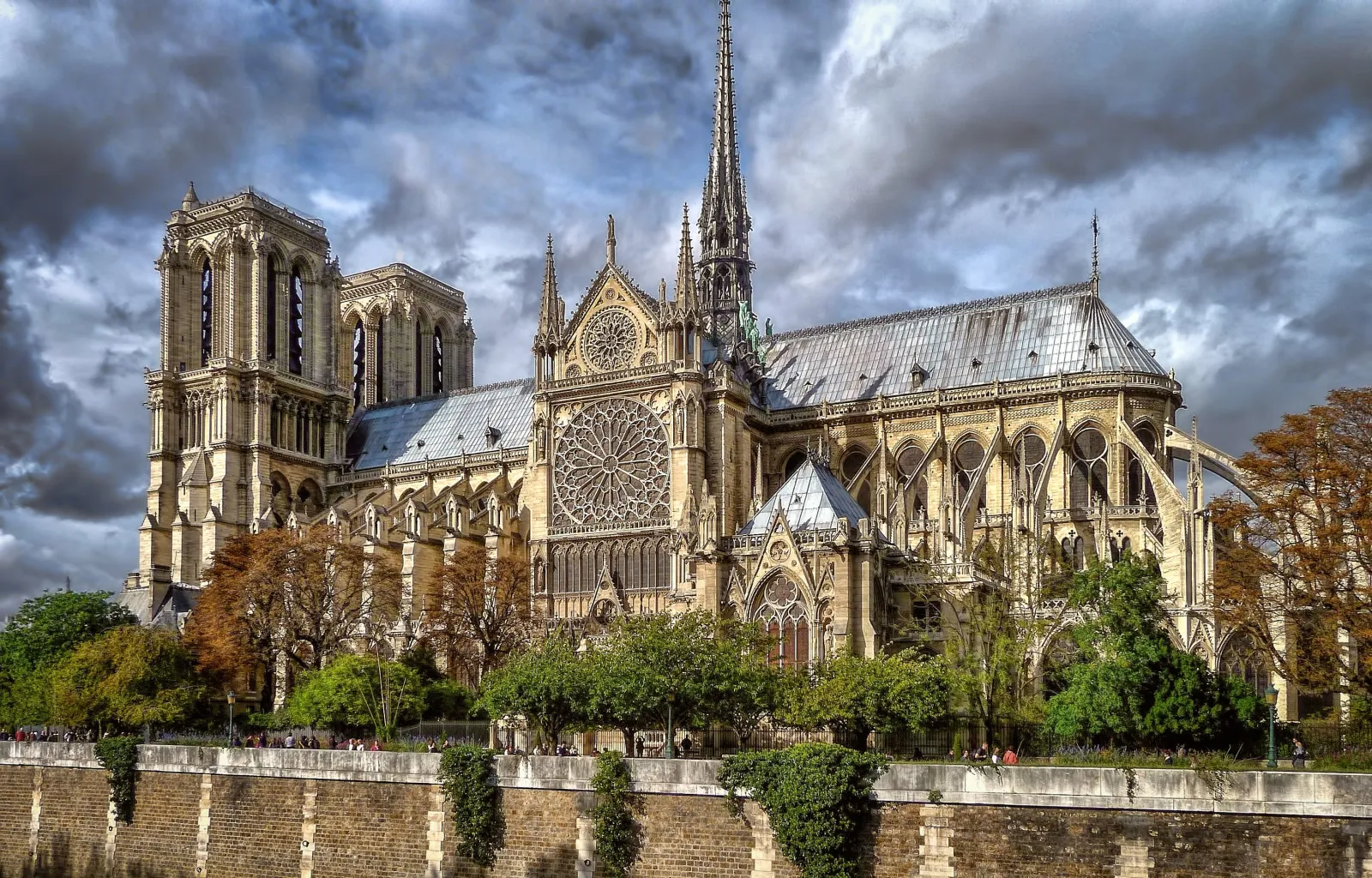
Notre-Dame Cathedral
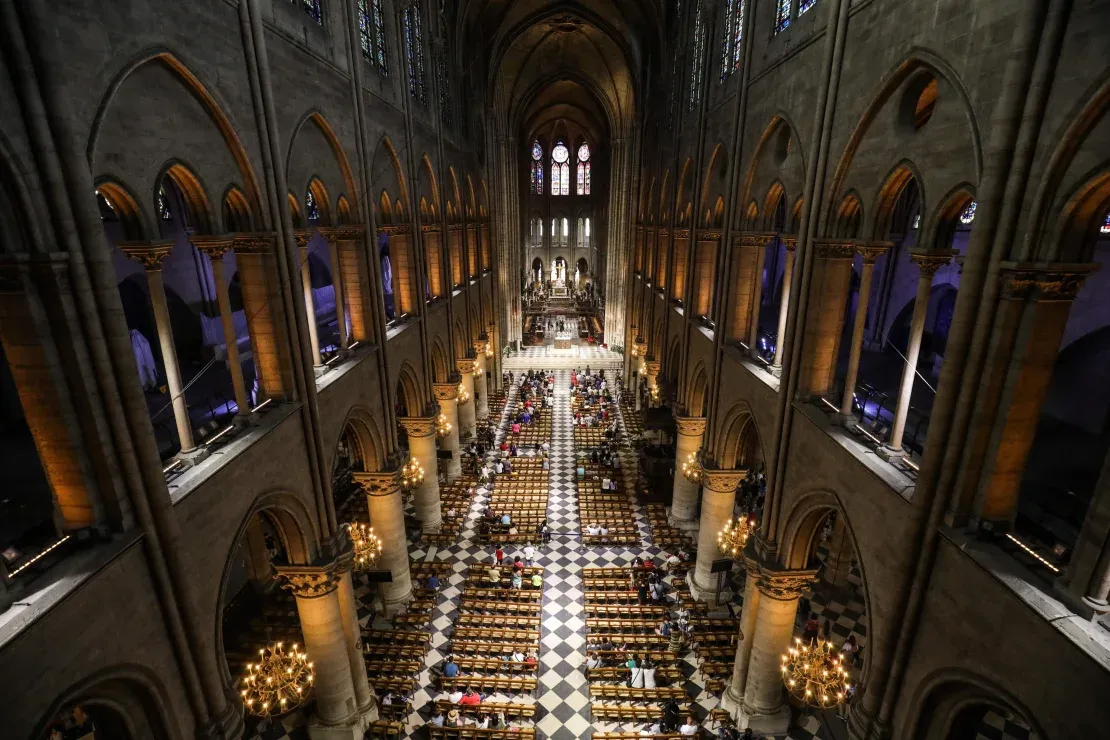
Notre-Dame Cathedral inside
Renaissance Architecture (15th–17th centuries)
Renaissance architecture, emerging in the 15th century, reintroduced classical ideals of symmetry, proportion, and harmony. After centuries of Gothic and later Romanesque architecture, people in the Renaissance era sought a change, turning back to ancient Greek and Roman principles. They were ready to move away from often dark interiors of the medieval period and instead embraced structures that conveyed order, beauty, and human achievement. This revived balanced designs, clean lines, and geometric clarity. One of the most iconic examples of Renaissance architecture is St. Peter’s Basilica in Vatican City. Designed by Michelangelo and other renowned architects, St. Peter's showcases the Renaissance ideals to revive the art and architecture of antiquity.
Correspondingly, renaissance interiors often featured columns, pilasters, and fresques with mythological scenes and allegorical figures, showcasing the artistry and intellectual spirit of the era. These spaces were also decorated with ornate coffered ceilings, parquet floor patterns, and grand fireplaces.
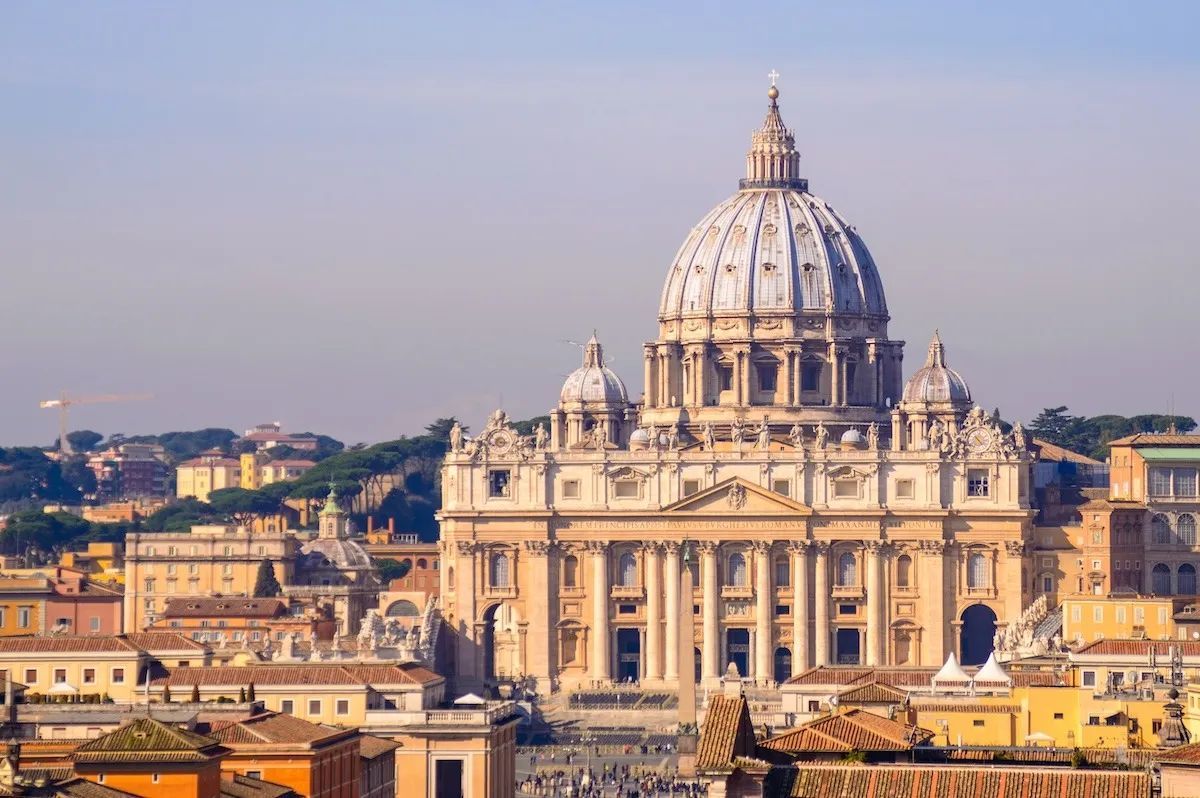
St. Peter’s Basilica
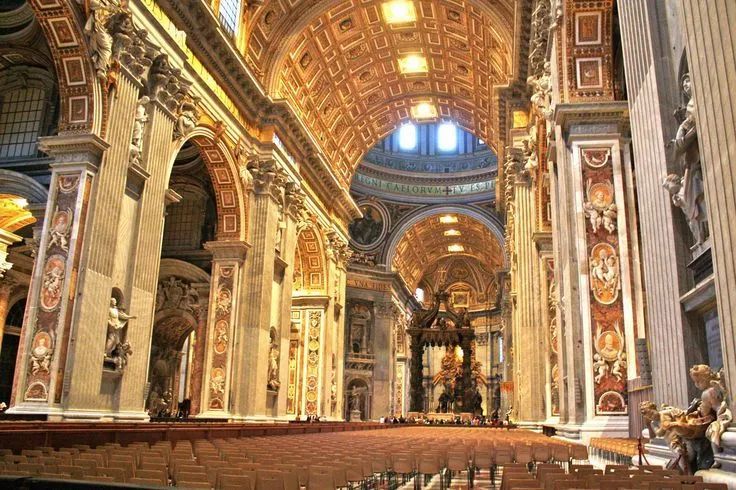
St. Peter’s Basilica
Baroque Architecture (17th–18th centuries)
Baroque architecture is closely associated with maximalism, extravagance, and visual drama, often found in palaces and churches. Originating in the 17th century, this style strove to amaze and express dominance, using bold ornamentation, lavish decoration, and dramatic contrasts of light and shadow.
One of the most iconic examples of Baroque architecture is the Palace of Versailles in France. Designed to reflect the grandeur of the French monarchy, Versailles had gilded moldings, expansive frescoes, marble, and an array of luxurious materials.
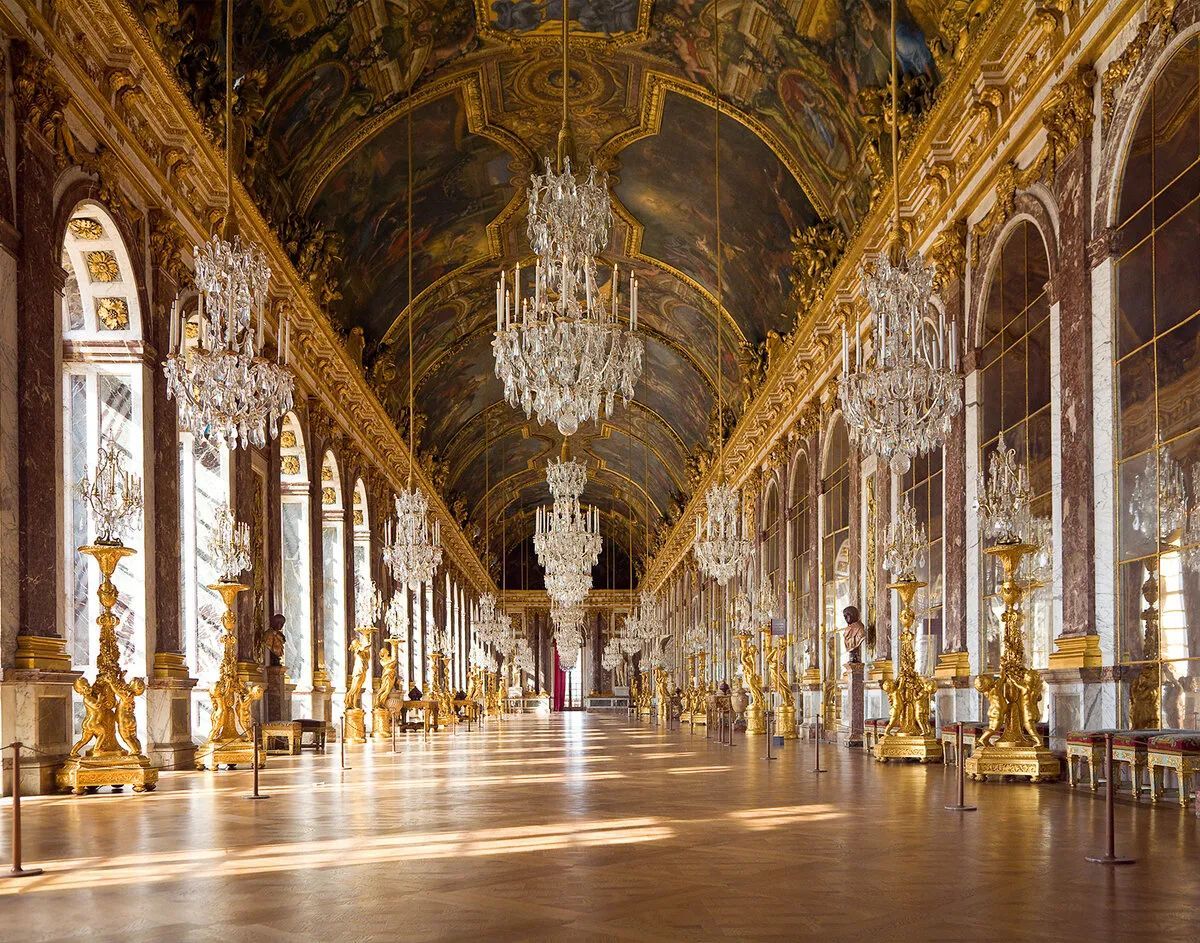
Palace of Versailles
The Hall of Mirrors stood as a centerpiece of the palace. The space was lined with large mirrors directly facing an equal number of arched windows, creating an elegant play of light and reflection that brightens the entire space. The ceiling had stunning frescoes portraying the achievements of Louis XIV, complemented by gold-gilded statues and ornate candelabras. To complete the design, crystal chandeliers in flawless symmetry gently lit the hall, accentuating the polished parquet flooring.
Rococo Architecture (18th century)
Rococo architecture is among some of the most refined styles, known for its delicate, ornate decoration and pastel color palette. Evolving in the early 18th century as an extension of the Baroque style, Rococo took on a softer, more playful character, focusing on charm and intimacy rather than the dramatic grandeur of Baroque. It was particularly popular among the European aristocracy, who favored Rococo interiors for their elegant yet relaxed ambiance, ideal for social gatherings, tea parties, and casual gatherings, especially for ladies.
Rococo interiors are characterized by light colors—particularly pastel pink, green, and baby blue—fine ornamentation, and asymmetrical designs that add a sense of whimsy and sophistication. Elaborate wall moldings, crystal chandeliers, and gilded accents were frequently used, creating a soft yet luxurious atmosphere.
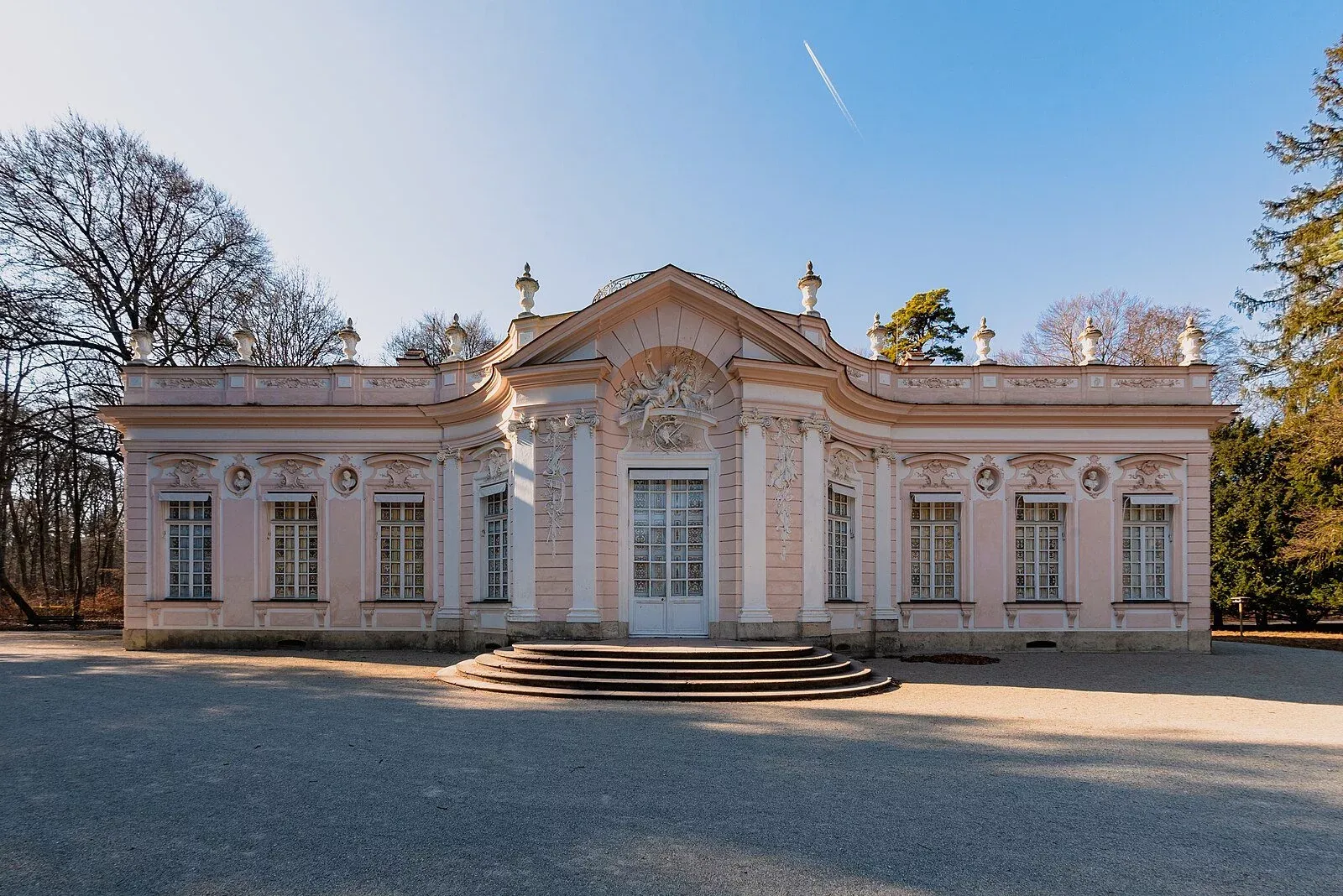
Amalienburg Pavilion
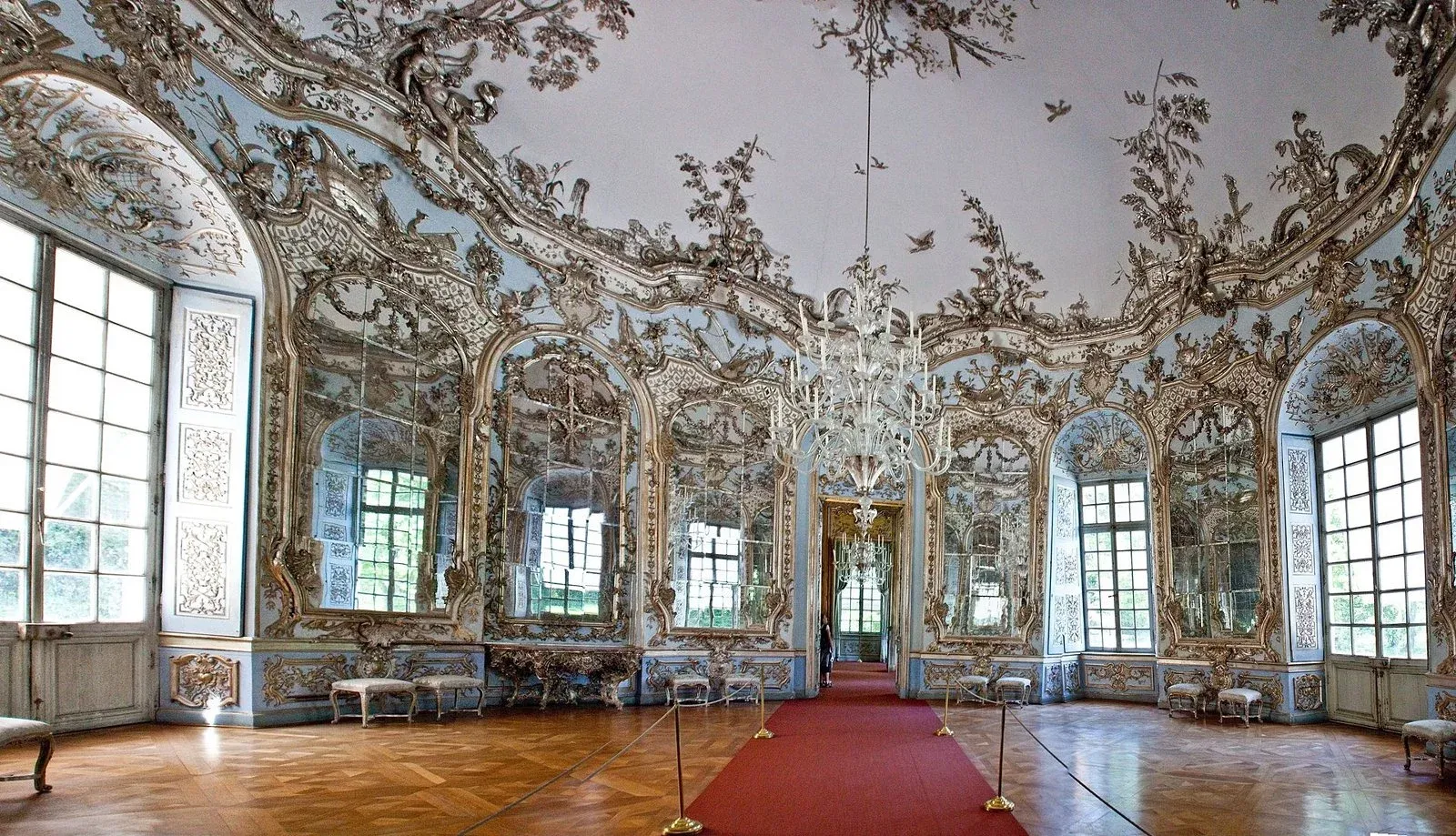
Amalienburg Pavilion
A key example of Rococo architecture is the Amalienburg Pavilion in Munich. The pavilion features a pastel pink exterior and a pastel blue interior adorned with intricate stucco work and mirrored walls, embodying the playful elegance of Rococo design. Moreover, the ornate detailing and light colors create a serene, inviting space that highlights the aristocratic lifestyle of the time.
Neoclassical Architecture (18th–19th centuries)
Emerging in the mid-18th century as a response to Baroque and Rococo, Neoclassicism emphasized once again symmetry, clean lines, and a restrained, elegant aesthetic. It likewise drew inspiration from the architecture of ancient Greece and Rome, reviving classical elements in a modern context.
This style maintained a luxurious feel through high-quality materials and careful details, but with a more subdued approach than its predecessors. Columns, pilasters, and other classical features established a lasting aesthetic that symbolized resilience and permanence.Commissioned by the elite and influential patrons,neoclassical mansions, palaces, and government buildings emerged as enduring symbols of affluence.
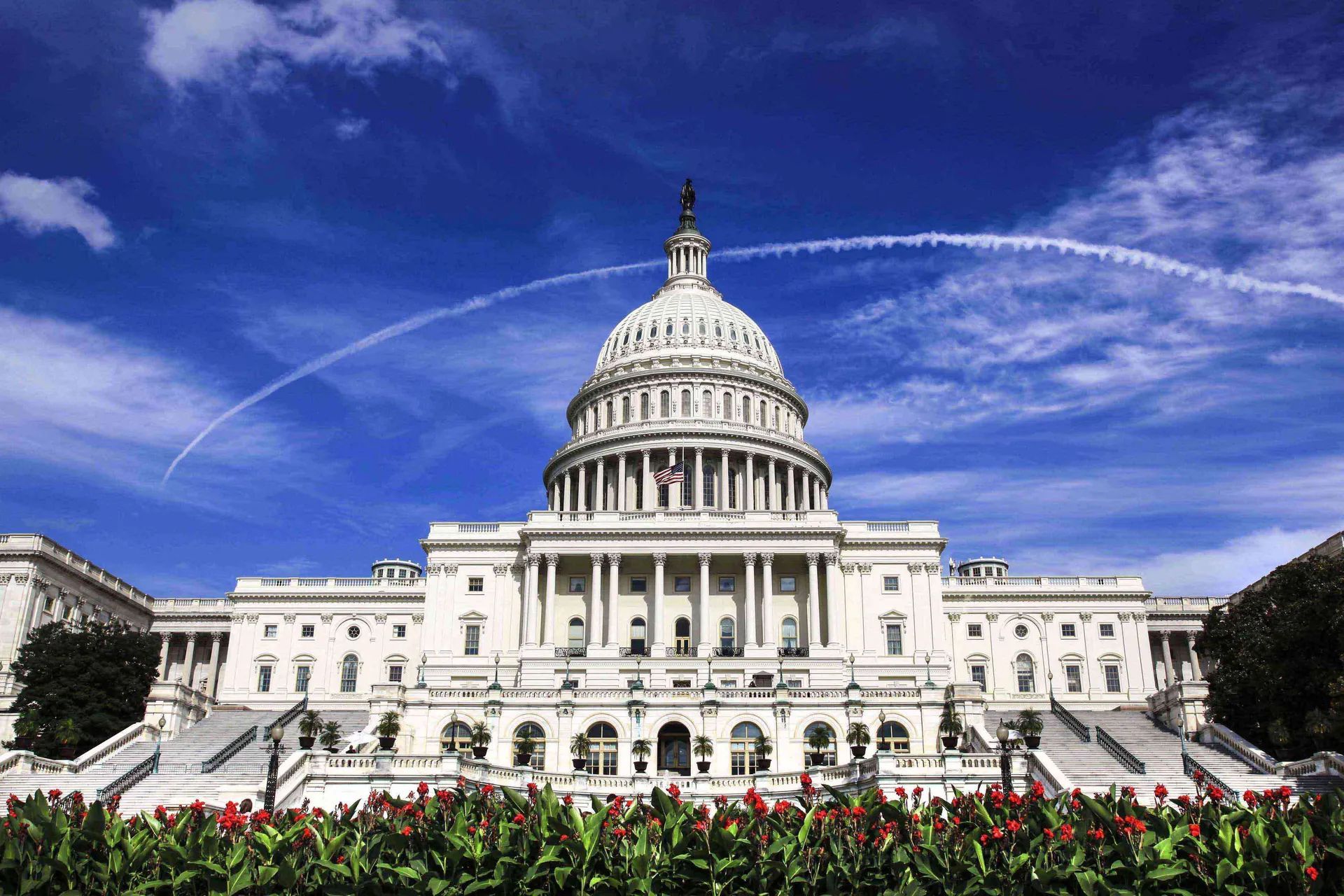
The United States Capitol
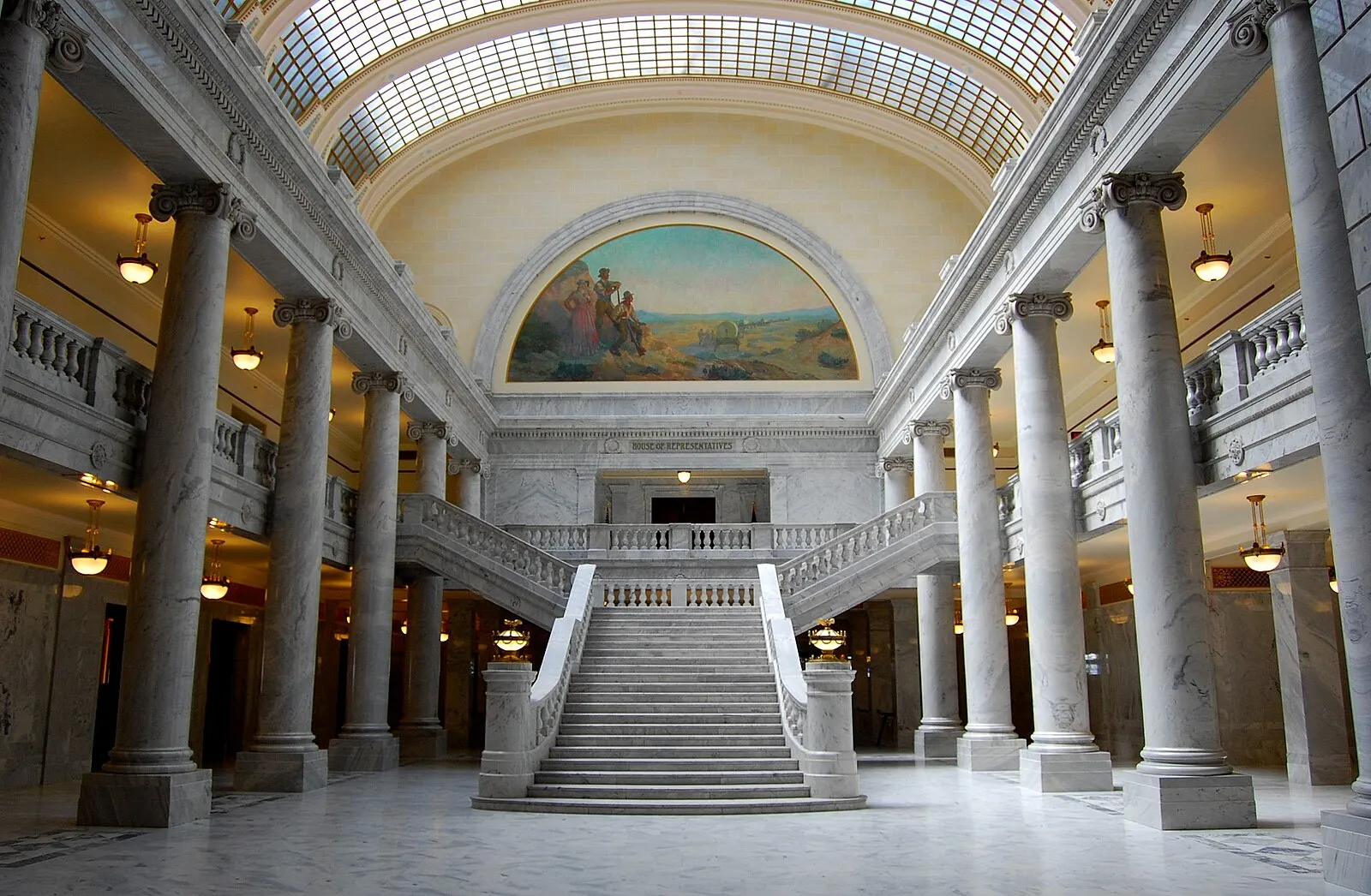
The United States Capitol
A prime example of Neoclassical architecture is the United States Capitol in Washington, D.C. Its grand portico with columns, symmetrical design, and prominent dome embody the ideals of Neoclassicism, creating a sense of authority. Furthermore, Neoclassical architecture made it a popular choice for both private and public buildings, establishing it as a style that balances luxury with classical refinement.
Art Nouveau (1890–1910) / Art Déco (1920–1940)
Art Nouveau introduced a new vision of luxury by embracing organic and nature-inspired forms. This late 19th-century style used flowing, curving lines that mimicked flowers and vines, creating spaces that felt highly artistic. Additionally, Art Nouveau celebrated luxury through the use of high-end materials like stained glass, marble, and ornamental ironwork, transforming buildings into elaborate works of art.
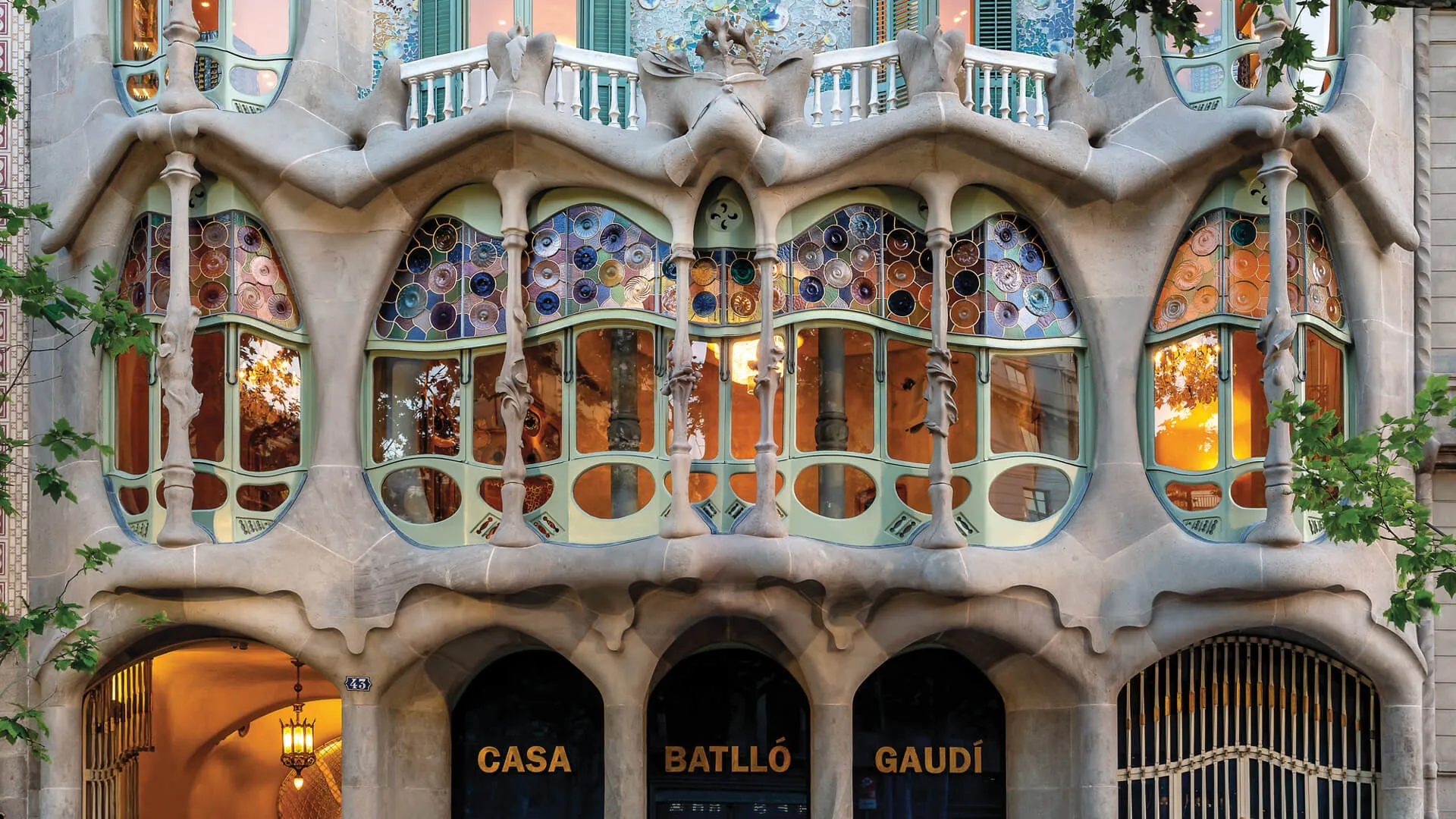
Casa Batlló in Barcelona
A renowned example of Art Nouveau’s artistic luxury is Casa Batlló in Barcelona, designed by Antoni Gaudí. This building showcases mosaics, curved facades, and colorful stained glass, all evoking the beauty and complexity of the natural world. Gaudí’s use of organic shapes and bold materials transformed the structure into a fluid, living piece of art, reflecting the high-end appeal of Art Nouveau.
Art Deco, which emerged in the 1920s and 1930s, took luxury in a different direction, favoring geometric shapes and bold patterns. Art Deco represented the modernity and glamour of the early 20th century, combining influences from ancient Egypt, Africa, and the Industrial Age. This style used materials such as polished metals, exotic woods, and lavish textiles.
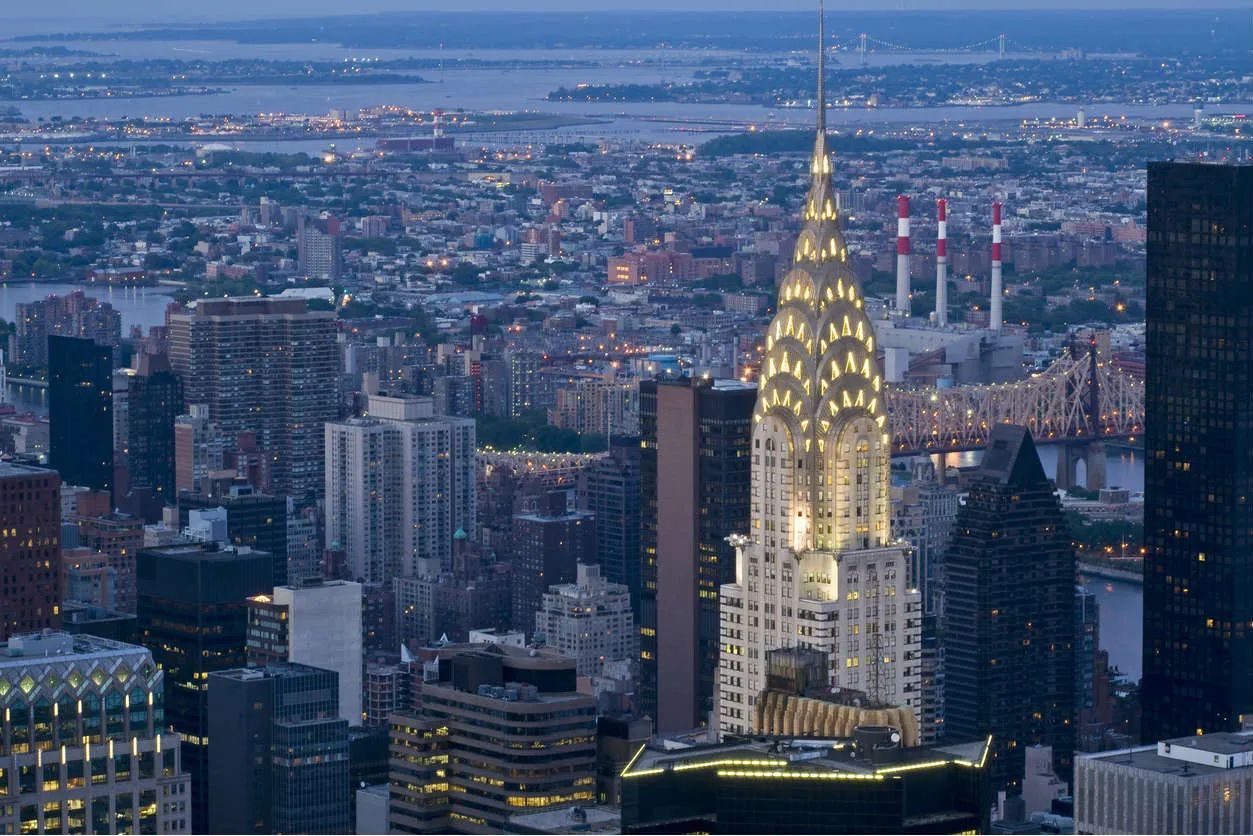
The Chrysler Building
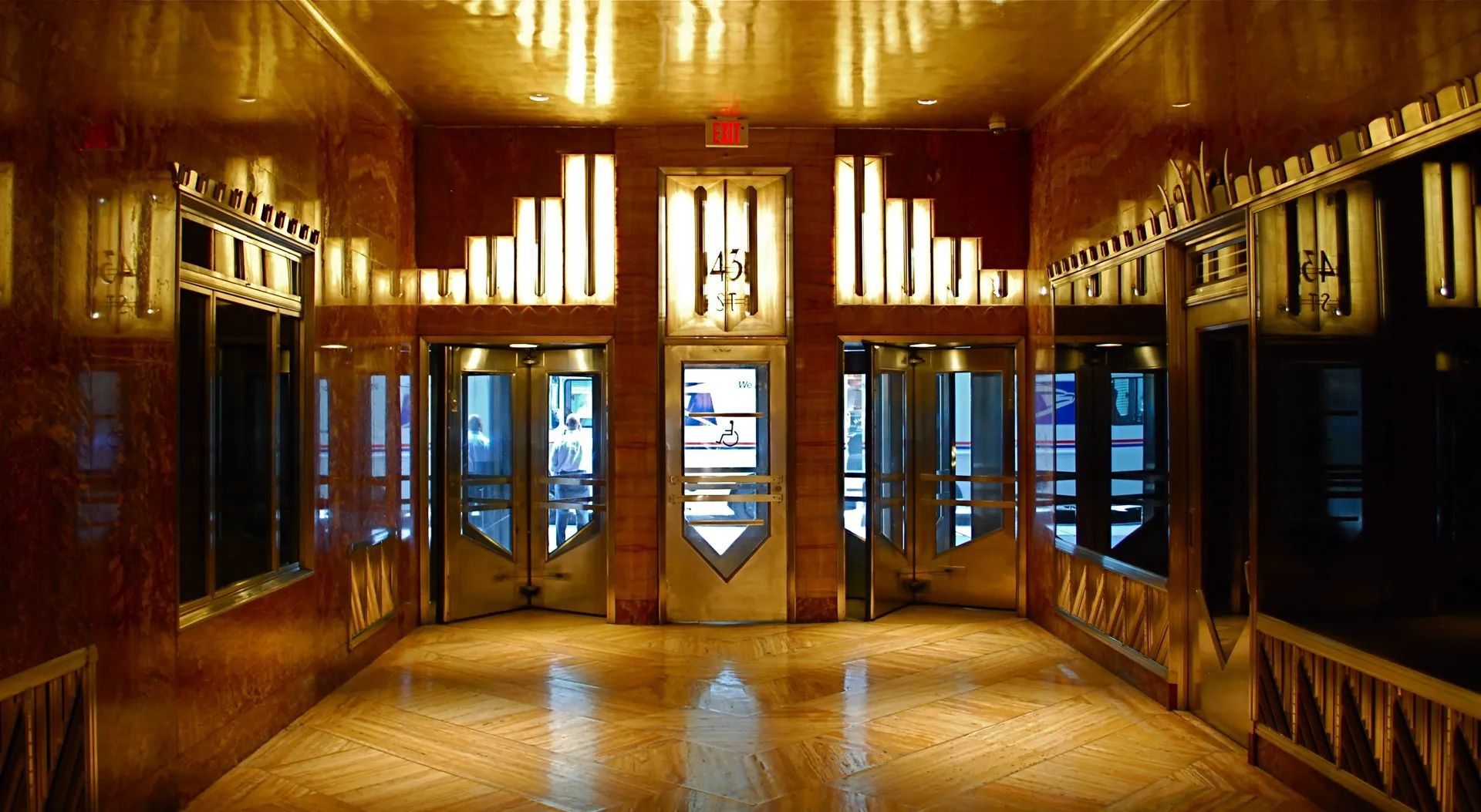
The Chrysler Building
Art Deco’s luxurious appeal can be seen in structures like the Chrysler Building in New York, with its sleek design, metallic spires, and intricate detailing. Its crown has a series of radiating arches and triangular windows that mimic sunbursts. On top of that, the use of steel and chrome creates a shimmering facade that reflects light, adding to its dynamic and modern aesthetic.
Together, Art Nouveau and Art Deco represent two unique approaches to luxury: one rooted in nature’s curves and elaborate details, and the other embracing modernity, glamour, and bold geometry. Each brought a distinct sense of opulence, shaping luxury design in ways that continue to inspire today.
